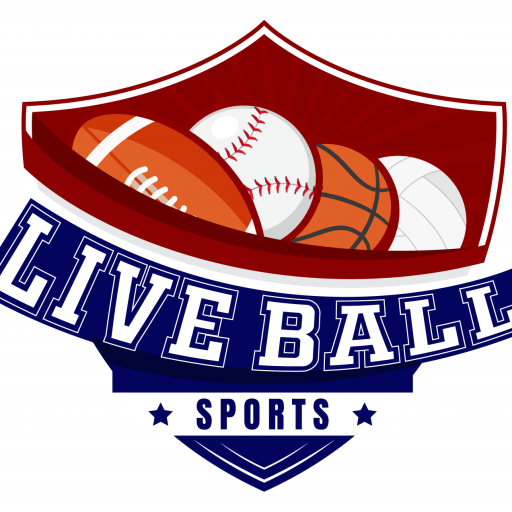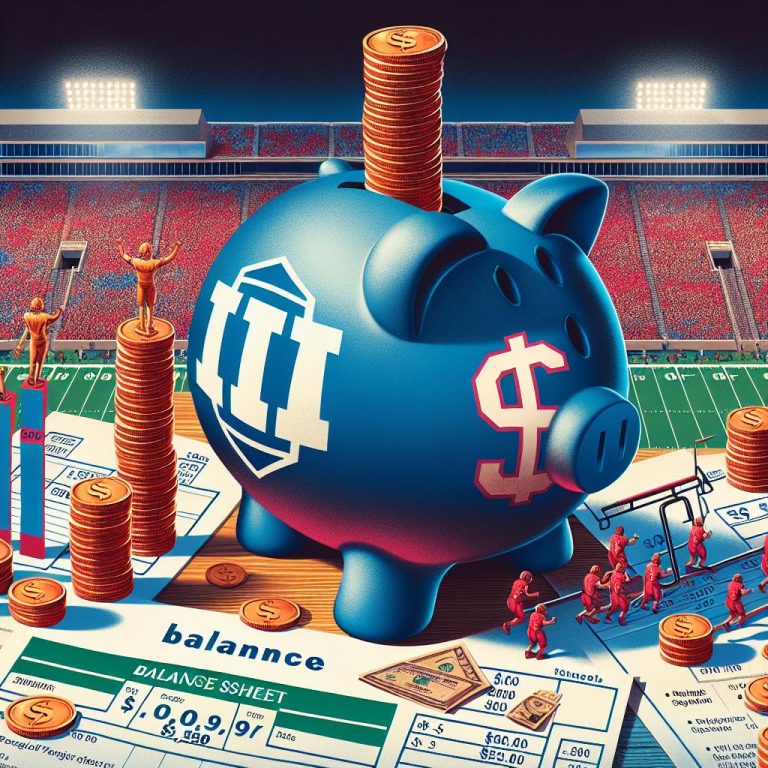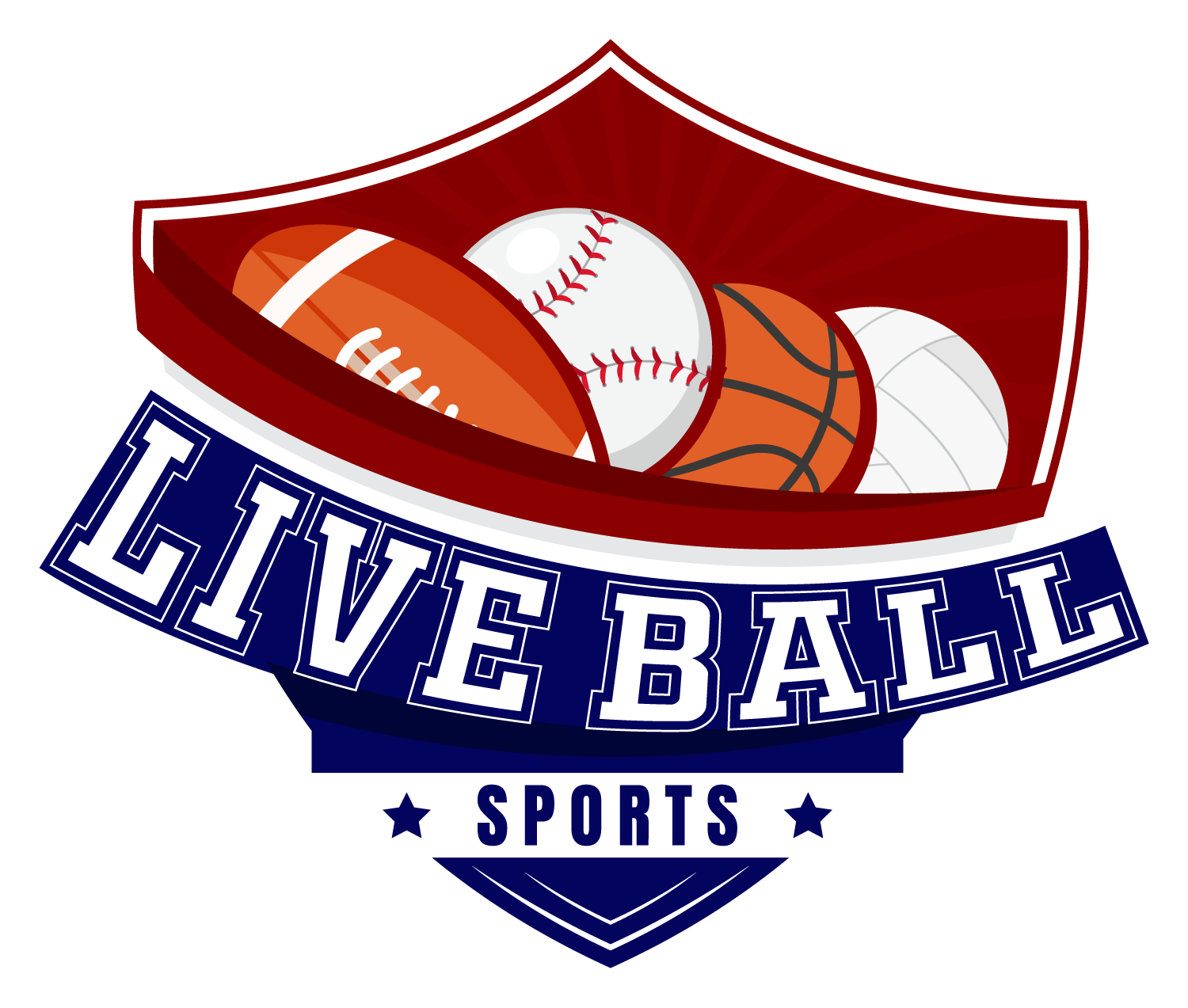In Athens, Georgia, a significant development in the world of college sports has emerged. On Monday, a U.S. District Judge granted preliminary approval to a landmark legal settlement worth $2.78 billion that aims to change the way college athletes are compensated. Starting on October 18, athletes will be able to apply for payments, marking a new era in collegiate athletics.
The proposed settlement is part of a broader effort to allow college sports schools to pay players in a more direct manner. If fully approved, schools will establish an initial pool of approximately $21.5 million to distribute to athletes, with the plan being to allocate these funds through a revenue-sharing model. This could significantly benefit athletes who, until now, often received only scholarships and minimal expenses while their coaches and programs raked in millions.
Former college athletes from as early as 2016 will also have the opportunity to apply for a share of about $2.576 billion. This fund is designed to help them recoup earnings they could have made from name, image, and likeness (NIL) deals that were not permitted until 2021.
“We are pleased that we are one step closer to a revolutionary change in college athletics that will allow billions in revenue sharing,” said plaintiff attorney Steve Berman. The judge’s approval came after attorneys made adjustments to the original agreement, which included clarifying terms about who would manage NIL deal oversight.
The settlement not only introduces a payment system but also proposes to replace scholarship limits with roster limits, allowing up to 105 players on football teams. Concerns remain about how this change might affect Title IX regulations and the distribution of funds across different sports. The estimates suggest that around 90% of the funds will likely go to football and men’s basketball players.
This settlement addresses three major antitrust lawsuits against the NCAA, potentially transforming the landscape of college sports as we know it. As discussions on federal legislation for NIL regulation continue, many are curious about the long-term impact of this shift on college athletes, particularly regarding their rights to unionize and further compensation.
The upcoming final hearing is scheduled for April 7, 2025, coinciding with one of the most-watched events in collegiate athletics, the March Madness national title game. Stakeholders in college sports are tuning in closely, as the future of this settlement could significantly shape the financial landscape for college athletes.



